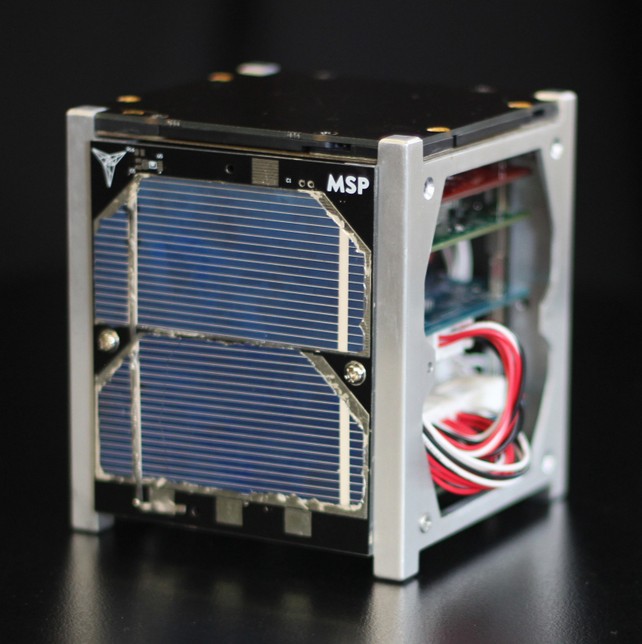Space: The Final Fronteer
Imagine being in space, orbiting the Earth like an astronaut at the International Space Station. You know it will be some time before you can complete the astronaut training program, but you just can't wait to see what it is like. At night, you look up at the sky and wonder. Then, shortly after dusk, among the bright stars and planets, you catch a glimpse of something moving... A tiny point of light. It's moving fast, too! You know it must be a satellite. Wouldn't it be amazing if you could contact different satellites and talk to them?
So, you decide to set about building your own satellite tracking station. You will need a handheld antenna, to follow the satellite, and a handheld VHF/UHF radio to listen to it, and a computer to figure out where it is... It is a big project and it is going to take a team of experts, each working on different parts.
When you and your friends finally get everything together, connected up and working, and it is time for a satellite to pass over head: The computer crunches the numbers and your Satellite Tracking Officer tells you where to point the antenna; you tune the radio to the right frequency and you turn up the volume, but all you can hear is static: The cold, cosmic, background noise of space. Nothing. And then, all of a sudden... Beep, beep, beep, beep. You hear the tell-tale beacon signal from a real satellite. You track the satellite, for as long as you can, by keeping the antenna pointed at it, as best as you can. It repeatedly sends the message in Morse code. Someone has the bright idea to record it, using their phone. That was hard work, but is was pretty amazing and everyone is pleased.
Later you sit down with the group and painstakingly decode the message. It turns out to be the Amateur Radio satellite's callsign and some numbers reporting its solar panel voltages and battery voltage. Alright! A message from space. You and you friends are hooked. Now you want to track as many satellites as you can and you start thinking about how you can improve your setup. Your next project is to receive weather pictures from a NOAA satellite... It looks like you are going to need a bigger team!

Melbourne Space Program's cubesat: ACRUX1
Introduction

